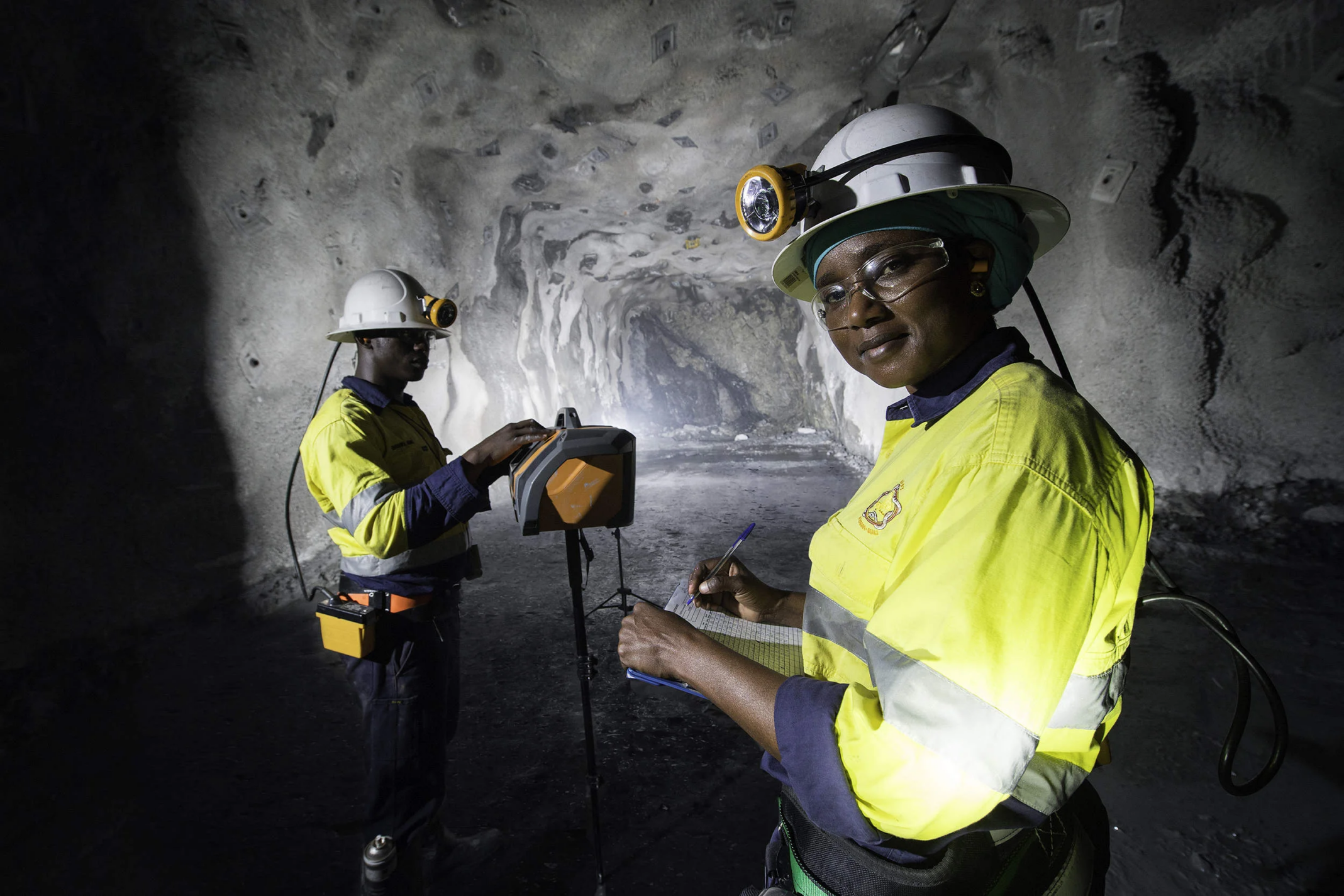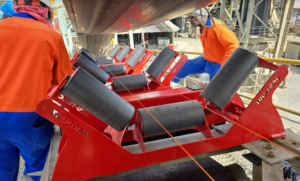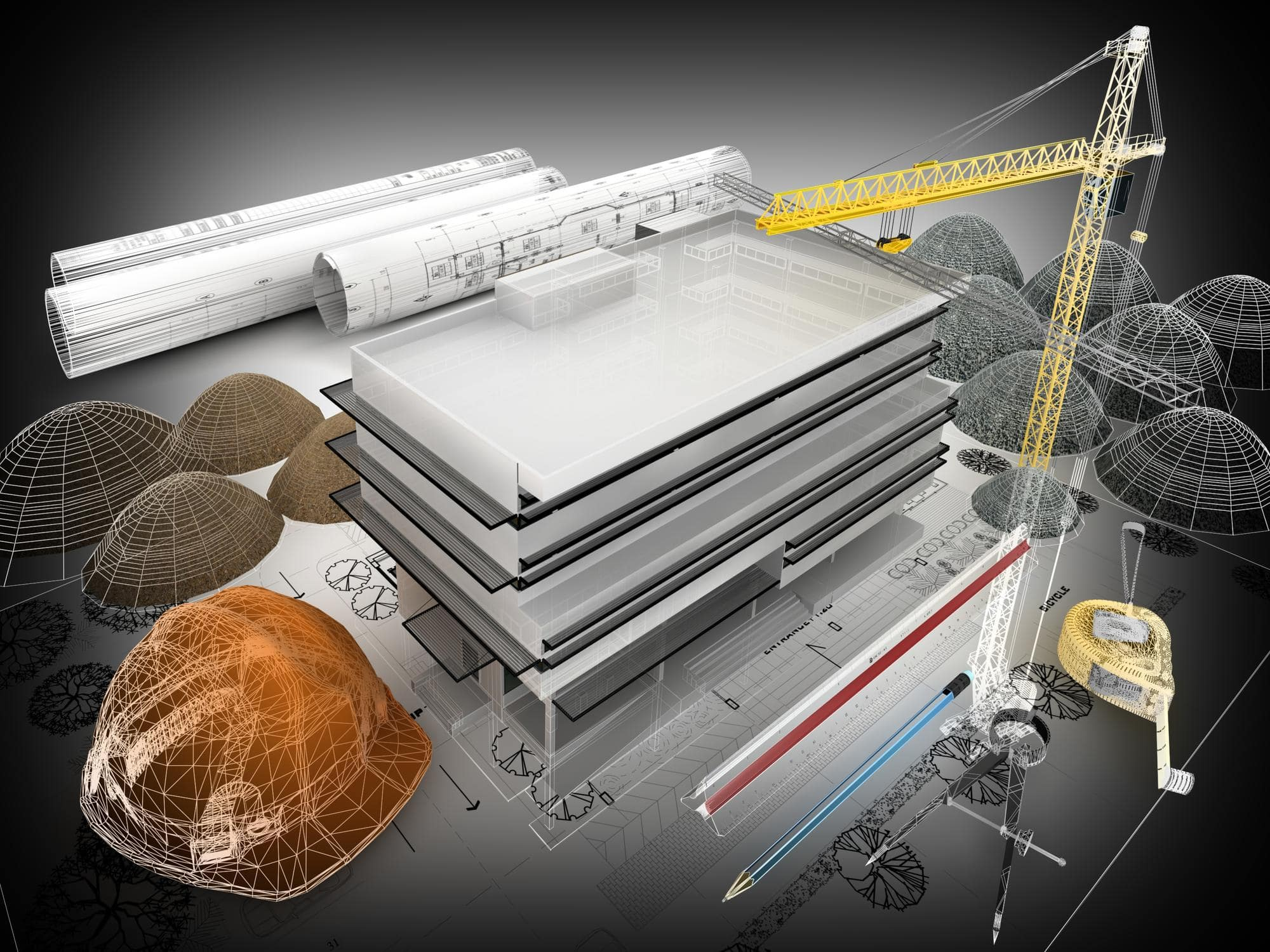The Top Industrial Trends Shaping 2024
As we move further into 2024, the industrial sector is witnessing transformative trends that promise to redefine the landscape. From advancements in technology to shifts in workforce dynamics, the industry is evolving at a rapid pace. Industrial Edge Magazine brings you an in-depth look at the top trends driving change and innovation in the industrial world.
1. Digital Transformation and Industry 4.0
Digital transformation remains at the forefront of industrial trends, with Industry 4.0 technologies continuing to revolutionize manufacturing and production processes. The integration of IoT (Internet of Things), AI (Artificial Intelligence), and Big Data is enabling smart factories where machines communicate, make autonomous decisions, and optimize production in real-time. These advancements are leading to unprecedented levels of efficiency, productivity, and cost savings.
2. Sustainability and Green Manufacturing
Environmental sustainability has become a critical focus for industries worldwide. Companies are increasingly adopting green manufacturing practices to reduce their carbon footprint and comply with stringent environmental regulations. This includes the use of renewable energy sources, recycling initiatives, and the development of eco-friendly products. The shift towards sustainable operations not only helps protect the planet but also enhances brand reputation and meets consumer demand for environmentally responsible products.
3. Advanced Robotics and Automation
The deployment of advanced robotics and automation technologies is accelerating, particularly in repetitive and hazardous tasks. Collaborative robots (cobots) are working alongside human workers, enhancing productivity and safety. Automation is not only streamlining operations but also addressing labor shortages by performing tasks that are difficult to staff. This trend is expected to continue growing as technology becomes more affordable and accessible.
4. Cybersecurity and Data Protection
With the increasing reliance on digital technologies, cybersecurity has become a paramount concern. Industrial systems are now prime targets for cyberattacks, which can disrupt operations and cause significant financial losses. Companies are investing heavily in robust cybersecurity measures to protect their data and infrastructure. This includes implementing advanced threat detection systems, regular security audits, and employee training programs to mitigate risks.
5. Additive Manufacturing and 3D Printing
Additive manufacturing, commonly known as 3D printing, is transforming the way products are designed and manufactured. This technology allows for the creation of complex and customized components with minimal waste. It is particularly beneficial in industries such as aerospace, automotive, and healthcare, where precision and customization are crucial. The ability to produce prototypes quickly and cost-effectively is driving innovation and reducing time-to-market.
6. Workforce Transformation and Skill Development
The industrial workforce is undergoing a significant transformation, driven by the need for new skills to operate and maintain advanced technologies. There is a growing emphasis on upskilling and reskilling programs to ensure workers are equipped to thrive in the digital age. Educational institutions and industry leaders are collaborating to develop curricula that align with industry needs, focusing on areas such as robotics, data analytics, and cybersecurity.
7. Supply Chain Resilience and Optimization
The COVID-19 pandemic highlighted vulnerabilities in global supply chains, prompting companies to reassess and fortify their supply chain strategies. There is a heightened focus on supply chain resilience, with businesses adopting technologies like blockchain for transparency and traceability. Additionally, companies are diversifying their supplier base and exploring nearshoring options to reduce dependency on single sources and enhance supply chain agility.
Conclusion
The industrial sector is poised for a dynamic year ahead, with these trends driving significant change and innovation. As businesses adapt to new technologies and evolving market demands, staying informed and agile will be key to success. Industrial Edge Magazine will continue to provide in-depth coverage and insights into these trends, helping industry professionals navigate the complexities of this ever-evolving landscape.
Stay tuned for more updates and expert analyses on the latest industrial trends shaping our future.



















